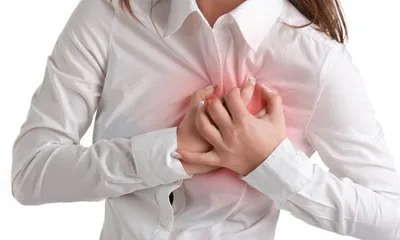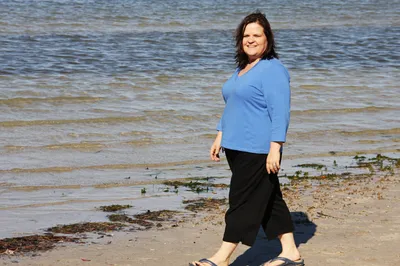Thursday through Sunday, April 10-13th, PaleoF(x)2014 takes place in Austin and it looks like a great schedule. Almost every single time slot has more than one presentation I’m hoping to attend. There are only two presentations I know right now I will be attending, and those are the two panels on which I am participating!*
So far the research has just been done in mice, but it’s a provocative study, given that we’re learning more every day about the critical role played by the nature of the friendly bacteria living in our intestines. Well, friendly or not so friendly.
Although some dermatologists would insist that sensible and sun do not belong in the same sentence, scientists have begun to ferret out the explanation for what many people – including myself! – have come to believe: a certain amount of sensible (non-burning) sun exposure is not only safe but crucial to health. Crucial to overall health, and skin health.
“The d-mannose works when I get a bladder infection… but why did I get another one?”
Speaking with my patient last week reminded me how difficult it can be to break a string of bladder infections. She and I had spoken about a lot of things during our initial interview, and she was doing much better in general: her abdominal pain had completely resolved, on those days when she stuck with her gluten free diet, so the diarrhea wasn’t part of the problem.
While we’ve been busy taking apart the seriously flawed article indicting meat, we have missed celebrating a very welcome article. An editorial in an online journal called Open Heart, affiliated with the British Medical Journal, summarizes almost 50 years of clinical research regarding the metabolic effects of standard nutritional guidelines.
Researchers in Japan interviewed seniors (hovering around 67 years of age) regarding their protein intake, either animal or plant, and evaluated their functional abilities measured in social, intellectual, and physical activity spheres. You can read a summary of their findings here.
The big news this week? A major journal published a study despite clear conflict of interest between the lead author and his cherished headline!
What Is Known About Women’s Heart DiseaseHealthy Steps: Women’s Heart Disease—First StepsHealthy Steps: Women’s Heart Disease—Full ProgramFrom Dr. Deborah’s Desk Margaret thought of herself as fit, despite carrying a few extra pounds. She worked full time and was active in various community projects. When she felt a heaviness in her chest as she walked on […]
My office practice is old-fashioned, no nurse helping me, so I personally handle any measurements that need to be made. Rather than weigh people, I measure their waist and compare it to their height. If your waist is at or under half your height, you are at a healthy place. (Two measurements I find useLESS include BMI – which penalizes you just as much for muscle as it does for fat – and the oft-stated goal of less than 35” for a woman’s waist. Really? Regardless of height?!)
(Welcome back to guest blogger, Anna Rose-McComb, who has a message for us all.)











